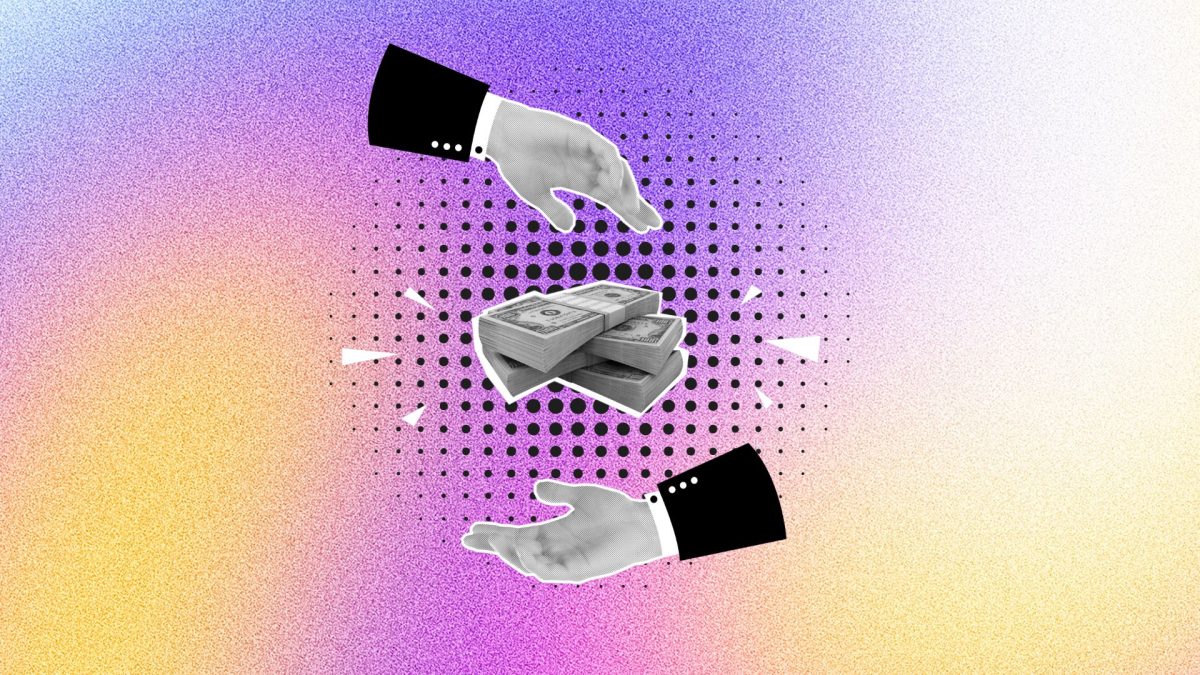The concept of saving money is being redefined. Well, sort of. Gen Z is stepping outside of the traditional corporate formula and implementing a new phenomenon: soft saving. Operating under the regime of a ‘soft life’, Gen Z’s new approach to saving is simply – just, don’t.
Gen Z’ers are no strangers to redefining the contours of what is expected from young people. And soft saving is perhaps Gen Z’s way of saying: we’re tired. The soft life simply suggests – working within your contracted hours, choosing less demanding careers, and investing in the present moment rather than hoarding funds for an uncertain future. Gen Z is leaning into a more relaxed approach to life, and I’m here for it.
@intuitofficial Life aimed at comfort over stress pretty nice right now! @brittneycastro33 explains soft savings. #IntuitFinLit #fintok ♬ Aesthetic – Tollan Kim
Soft saving = soft life
According to a 2023 Prosperity Index Study from Intuit, nearly 3 in 4 Gen Z’ers say they would rather have a better quality of life than extra money in their bank accounts. Intuit’s study claims that “soft saving is the soft life’s answer to finances”. Embracing the soft life means valuing yourself beyond your financial or professional status, granting you the space to nurture your passions and elevate your quality of life. This shift towards a relaxed approach to saving money is thus a natural byproduct.
For Gen Z, personal growth, pursuing passions, and maintaining personal well-being takes precedence. And if that has to come at the expense of your savings, then so be it.

Via Unsplash
So why has this soft savings trend garnered such traction? Concerns over climate change, political instability, and global humanitarian issues make it hard for Gen Z to put trust in our future. In an uncertain world, perhaps saving for retirement might not yield the benefits we hope for.
In the face of inflation, too, it’s understandable that saving for retirement might take a backseat for Gen Z. Many find themselves struggling to meet the demands of the present, making it hard to envision a future worth saving for.

Via Unsplash
In our soft-girl era
The pandemic’s enforced slowdown also highlighted the possibility of a slower, more deliberate pace of life. For many, it showed that work-life can coexist harmoniously with a softer lifestyle, thanks to remote work opportunities.
@thetechcornr We like the soft life around heeeree #tech #techtok #careertiktok ♬ Summer Background Jazz – Jazz Background Vibes
Gen Z is statistically a more anxious generation. So by living a soft life, we can try taking back control of our well-being. A quick scroll on TikTok will also reveal that the Gen Z girlies are switching up their coffee for matcha to regulate their cortisol levels, cutting back on alcohol, and embracing their feminine energy – synonymous with the rise of ultra-feminine fashion aesthetics like Barbiecore. We’ve also seen a huge rise in women switching up high-intensity workouts for softer, low-impact alternatives, like pilates.
There’s a bigger picture behind all of these correlations – it’s about allowing yourself to slow down for a second so life doesn’t feel like a punishment. Instead, at least for Gen Z, life should feel like you’re rewarding yourself. When you look at it that way, working your life away only for your money to sit in your savings is tedious at best. Whereas rewarding yourself and living for the present is much more fulfilling. Girl math, am I right?!

Via Unsplash
The soft saving phenomenon is almost a direct response to the millennial girl boss and hustle culture ethos, stating that instead, we should just take our foot off the gas sometimes. Trends like soft life and soft saving almost reassure us that looking after ourselves doesn’t just mean having a big savings account. Sure, it helps, but this trend certainly releases some of that pressure.

